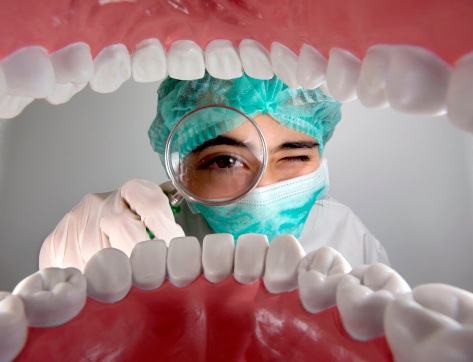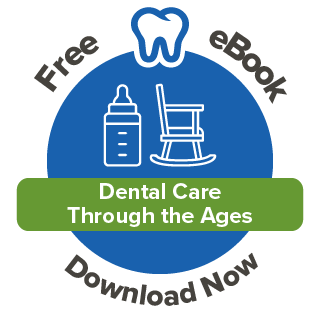By Kate Ranta on Dec 30, 2014 @ 03:08 PM
You’ve probably watched “CSI” or “NCIS” or any of the other crime shows that are so popular on TV. When trying to solve a case, they’ll often call in a forensics expert to analyze a victim’s teeth—or teeth marks on a victim. That’s because teeth show unique patterns and can help identify people—which can often make or break a case. And, which is also why forensic dentists, also known as forensic odontologists, are clutch players in an investigation.
A famous case where dental forensics came into play was in the trial of one of America’s most notorious serial killers, Ted Bundy. In the 1970s, Bundy killed over a dozen young women. In 1978, he broke into the Chi Omega sorority house at Florida State University where he bludgeoned four women with a club and strangled them. Two were killed. However, he bit one of them, leaving clear bite marks.
Bundy was captured and eventually went to trial for the Chi Omega house murders. The only physical evidence he left behind was the bite mark. Plaster casts were taken of his teeth; they were unevenly aligned and many were chipped.
Enter the forensic dentist.
His analysis showed that the casts matched with photographs of the bite mark on the victim. This evidence played a huge role in convicting Bundy. Had he not left behind a bite mark during his assault, prosecutors may not have been able to prove he committed the murders.
How does Forensic Dentistry Work?
Forensic dentists are charged with two different tasks: to identify the dead by their teeth and to determine who (or what) did the biting when bite marks are found.
Victim Identification. When you visit the dentist, he or she uses a Universal System chart to make notes about your teeth—such as chips, fillings, crowns, etc. You likely also have X-rays taken, which show work that’s not easily seen, like root canals.
Forensic dentists use these dental records to identify deceased victims. The outer layer of teeth, or tooth enamel, is the hardest substance in the body. Teeth remain intact long after all other parts. And, the dentist can make a positive ID even if only a few teeth are available. X-rays provide the best comparisons, but tooth chart notes can also tell the dentist if the teeth are the same.
It’s difficult to ID a person without dental records. But, sometimes dentists can work with family members about identifying traits such as broken, chipped or missing teeth, or gold crowns.
Bite Mark Analysis. When a bite mark is found, dentists first must determine whether the bite is human. Animal teeth leave very different patterns than human teeth. They also swab the mark for DNA—the biter may have left saliva. Then, they take measurements of each bite mark and record it. They also take many photographs, using rulers and other measurements to accurately describe the bite.
Bite marks tell a forensic dentist a lot about the biter’s teeth. Gaps can indicate missing teeth. Crooked teeth leave distinctively crooked impressions, while chipped teeth leave jagged-looking impressions.
Once investigators have a suspect, they get a warrant to have a cast made of his or her teeth. They also take photographs of the suspect’s mouth in various stages of biting. They can then compare the biter’s mold with that of the bite mark on the victim. And, the photos of the bite mark and the suspect's teeth are compared for similarities.
As with the Bundy case, many times an entire case is hinged on teeth and/or a bite mark. That’s why a forensic dentist’s job is so hardcore!





comments